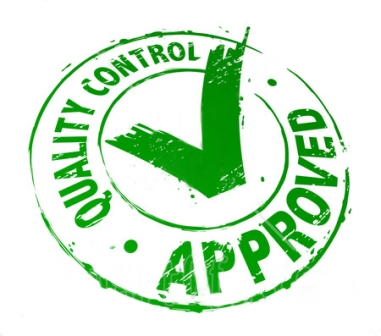Assaying precious metals is a necessary process to determine their quality.
However, most with a stake in the quality of their precious metals, such as jewelers or industrialists, contract with a third party to have assaying performed.
Consequently, those with the greatest interest in assaying precious metals don’t always know how assaying works.
The following are three techniques used to assay precious metals, and how they vary.
Perhaps the oldest technique for assaying precious metals is the touchstone technique.
This was the first alternative to destructive forms of analysis that would require scraping or otherwise damaging the metal to sample it; touchstone analysis instead uses acids placed on a specially treated stone. These acids react to the stone when in contact with the precious metal to be analyzed, altering its color.
The color can then be assessed in reference to a chart.
Touchstone analysis isn’t the most precise technique for assaying, but it still has some use in the modern day when other forms of assaying are not readily available.
X-ray assaying is another option that sees more use in the modern day. It is significantly more accurate than touchstone assaying.
However, it does come with drawbacks; x-ray assaying typically requires that the sample be molten to produce an even concentration of impurities, rendering it ineffective for some situations.
This also makes it more expensive from the standpoint of necessary materiel and laboratory space.
Fire assaying is the most accurate method of analysis, bar none.
However, it is also utterly destructive; it is impossible to perform fire assaying without ruining the sample used completely. While it is the most accurate, this means that it is only really suitable for large samples.
Individuals exploring different forms of assaying for their business would do well to keep this in mind, as it may not be revealed by a surface-level quote.
Assaying metal can be important for many different fields, as the purity of metal can affect everything from the reputation of a jewelery to the quality of an industrial product. It’s encouraged that interested parties do further research.
Sites like JRGInc.com can be an excellent place to start, as they provide a great deal of practical information for those interested in metallurgical assaying.
As with all industrial and investigatory processes, it’s important to do one’s homework before committing to any contracts, but once one knows the needs of their business, it’s fairly simple to make a decision.



